Articles
-

Understanding Portuguese Wines
Portugal’s winemaking heritage is not only shaped by the country’s extensive range of climates and terroirs but also by the passionate commitment of its winemakers to both innovation and the preservation of centuries-old practices. In 2020, Portugal solidified its position on the international wine stage as the 10th largest exporter by volume and 11th by…
-

Understanding Furmint
Furmint is a white Hungarian grape variety that plays a significant role in the production of Tokaji Aszú, one of the world’s oldest sweet wines. However, Furmint is also used to make a variety of other wine styles, each showcasing the grape’s versatility and unique characteristics. Furmint is also grown in Slovenia, Slovakia, Croatia, Austria…
-
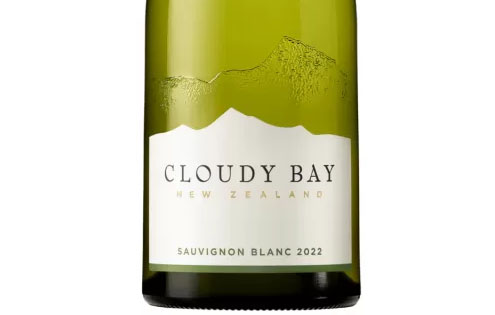
Understanding New Zealand Wine
New Zealand produces only 1% of the world’s wine but has carved a niche for itself. With 731 wineries, over 80% of which export to international markets, New Zealand has firmly established its presence internationally. The UK has become the second-largest market for these wines, following behind the USA. The international breakthrough for New Zealand…
-

Understanding Australian Wine
Despite Australia’s immense size, only about 145,000 hectares, about 0.02% of its landmass, is dedicated to vineyards. For comparison, the vineyard area is roughly equivalent to the combined regions of Bordeaux and Burgundy, in France. Australia’s wine regions, numbering over 65 and hosting more than 150 grape varieties, are scattered across various states including New…
-

Global Wine Trends: Consumption and Market Shares
Wine Australia’s Market Explorer provides fascinating insights into the global wine market, revealing not just how different countries consume wine, but also the nuances of the market shares. The data paints a picture of the dominance of domestic wines globally, holding a majority market share of 52%. This suggests a prevalent preference for locally produced…
-

Understanding Rioja
The Rioja region of Spain stretches from Tormantos to Alfaro and represents a tapestry of diverse climates, terrains and winemaking traditions. The 100 km expanse between these western and eastern limits encompasses the Atlantic and Mediterranean climates, fostering a unique environment for viticulture. The name ‘Rioja’ comes from the River Oja (Rio Oja in Spanish),…
-
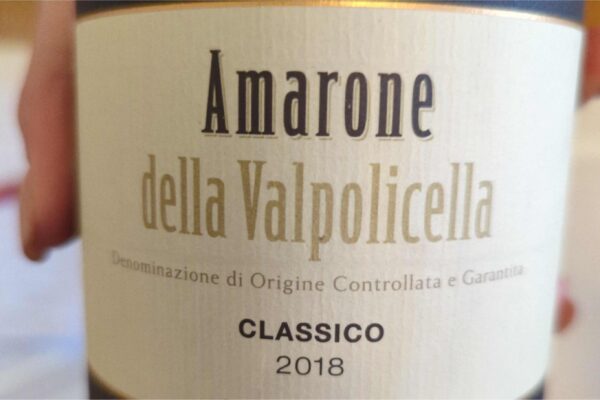
Understanding Valpolicella and Amarone
Valpolicella is a wine-producing region in Italy combining traditional techniques with the variable geography of the Verona province. Located between the Lessini Mountains and Lake Garda, Valpolicella’s landscape has a varying terrain – mountainous areas, hilly vineyards and fertile valley floors. In 2020, this region boasted a large €600 million turnover, with a significant 70%…
-
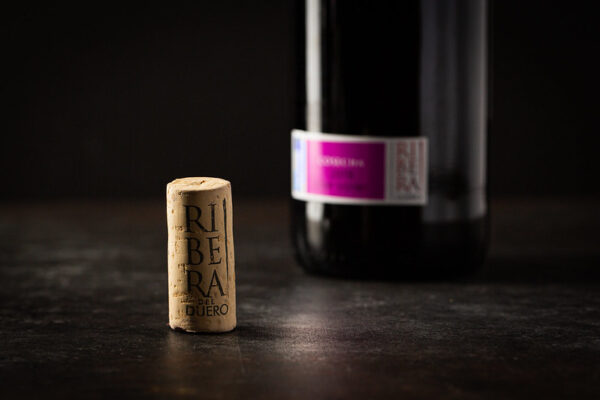
Understanding Ribera del Duero
Ribera del Duero, a wine region in Spain, is mainly known for its red wines. Situated along the Duero River in the northern plateau of the Iberian Peninsula, Ribera del Duero benefits from a unique climate, higher altitude and a rich winemaking heritage. The region gained its Denominación de Origen (DO) status in 1982. The…
-

What is Sustainable Wine?
Sustainable wine covers a range of practices aimed at diminishing the adverse impacts of wine production on the planet while ensuring the long-term viability for the industry. At the core of sustainable wine are organic and biodynamic practices. These are concerned with minimising the negative environmental impact of farming and food production and promoting soil…
-
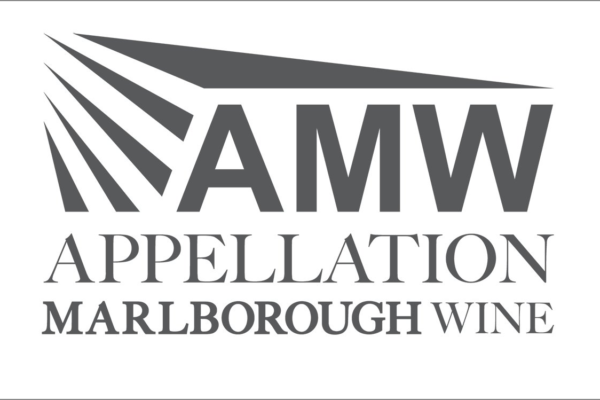
What is Appellation Marlborough Wine?
Appellation Marlborough Wine (AMW) is a certification mark signifying a commitment among some winemakers in Marlborough, New Zealand, to uphold high-quality standards and preserve the unique characteristics of wines produced in this region. Initiated and trademark registered in 2018, AMW primarily aimed to safeguard the authenticity, origin and integrity of Marlborough’s popular Sauvignon Blanc. The…
-

Italy’s Wine Classifications
The top of Italian wine classification is the Denominazione di Origine Controllata e Garantita (DOCG). Wines under this category have undergone the most stringent regulations. They come from precisely delineated regions and have passed a meticulous taste examination and chemical tests. The regulations encompass aspects ranging from grape varieties and wine production methods to specific…
-

Who are WineGB?
The UK wine production industry has seen a remarkable surge in recent years, and at the forefront of this burgeoning sector is Wines of Great Britain Limited, commonly known as WineGB. Established on 1st September 2017, WineGB emerged from the merger of two key industry bodies: the United Kingdom Vineyards Association (UKVA) and English Wine…
-
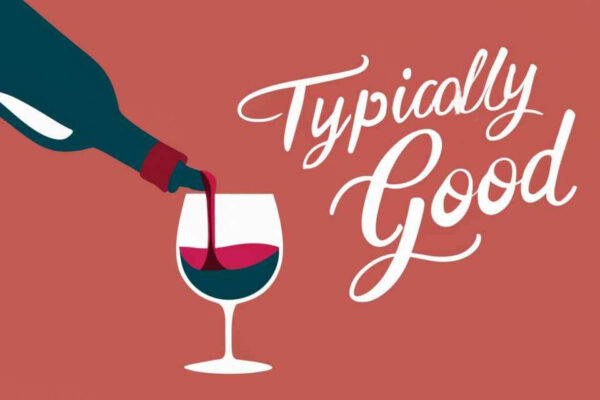
Understanding and Using Wine Ratings
The world of wine can be a complex and sometimes intimidating space with countless varieties, regions, and producers, it’s easy to feel overwhelmed. This is where wine ratings come into play. They offer a guide to help navigate the vast landscape. However, it’s important to understand wine ratings to know why it’s possible you might…
-
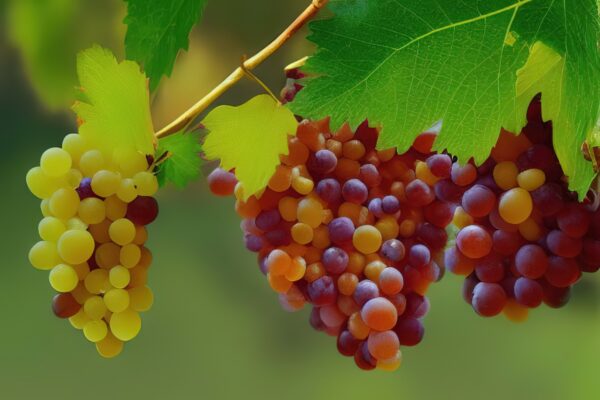
What is Vegan Wine?
Vegan wine is wine that is made without using any animal products during the winemaking process. While it might seem surprising that wine could contain animal products, traditional winemaking often involves the use of substances like gelatin, egg whites or fish bladder proteins (isinglass) to clarify and stabilise the wine. These substances help to remove…
-
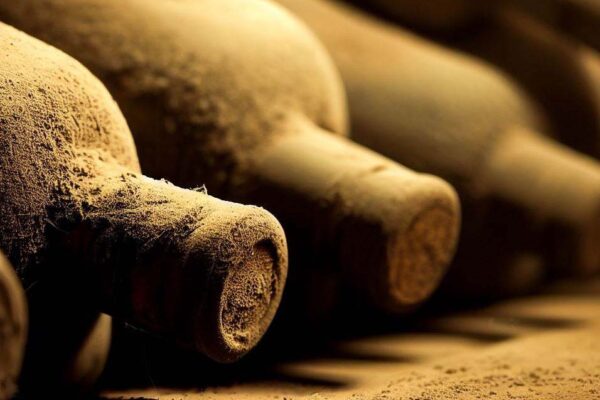
How Long To Keep Wines
Contrary to popular belief, not all wines get better with age. While some wines do indeed mature well, many are meant to be enjoyed in their youth. Only a small 1% of wines are designed to be stored for extended periods. The vast majority are best drunk when they’re fresh, lively and bursting with their…
-
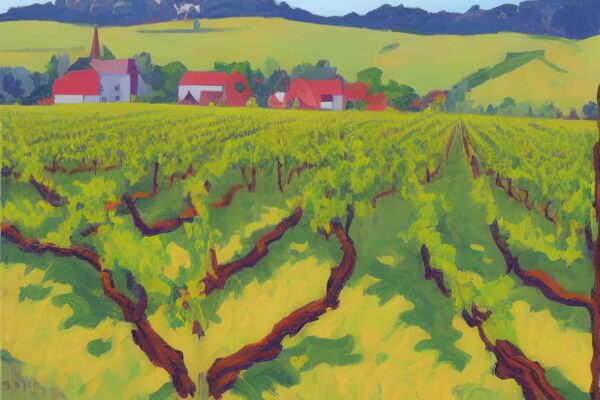
Understanding Biodynamic Wine
Biodynamic vineyards view farming holistically, seeing the farm as a closed ecosystem where everything is interconnected. It goes beyond organic, emphasising the connection between the farmer, the vine, the earth and even celestial bodies like the sun, moon, and stars. This might sound unconventional, but since its inception in the 1920s by Austrian scientist Rudolph…
-

What is Organic Wine?
As consumers become more conscious of what they consume and its impact on the environment, organic wine has become more popular. But what exactly sets organic wine apart from its regular counterpart? And is it truly better for you? The Difference Between Organic Wine and Regular Wine The primary difference between organic and regular wine…
-

The Truth About ‘Contains Sulphites’ on a Bottle of Wine
If you’ve ever looked closely at the label of a wine bottle, you might have noticed the words ‘contains sulphites.’ What does this mean and should it concern you? Since 2005, it has been a requirement by law to declare sulphites if the present level is 10 mg/l or higher. This isn’t something new to…
-
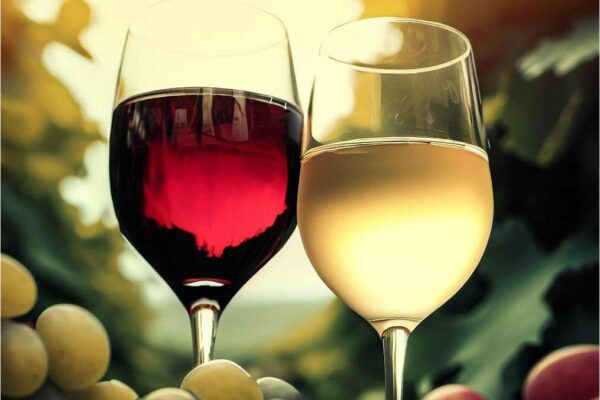
The Art of Wine Serving: Ideal Temperatures for Red and White Wines
Something that’s often overlooked, but plays a significant role in your wine-drinking experience, is the temperature at which the wine is served. Serving wine at its ideal temperature can dramatically enhance its quality, revealing its complexity, balance, and true flavour.
-

Bulk Packaging and Local Bottling
A hidden part of the UK wine industry to consumers, is the process of bulk packaging, transporting and local UK bottling of wine which represents about 40% of imported wine. This reduces transportation costs and the environmental impact but also carries implications for the provenance and authenticity of the wine. If you look at the…
Did You Know?
For Crémant, grapes must be harvested by hand and the wines must undergo at least nine months’ ageing before release. More
In 2024, the UK was the second-largest export market for Champagne globally, after the United States. More
Local UK bottling of wine represents about 40% of imported wine. More
Around 1% of people, typically severe asthmatics, have a sulphite sensitivity. More
A large 80% of Australian wine arrives in the UK in bulk. More
Only about 0.02% of Australia’s landmass is dedicated to vineyards. More
In 2024, New Zealand produced only 1% of the World’s wine. More
In 2024, the US imported 37% of World production of Pinot Grigio and the UK was is in second place at 27%. More
In 2024, the UK was South Africa’s largest export market, with 40% of total exports. More
In 2024, the United Kingdom imported 22.3 million bottles of Champagne, a decline of 12.7% compared to the previous year. More
Larger Champagne producers source grapes from as many as 80 different vineyards throughout Champagne. More
Champagne houses and growers collectively produce around 300 million bottles annually. More
In 2025, the Champagne region was home to about 2,124 Champagne houses and approximately 19,000 growers. More
Provence is one of the leaders in the conversion to organic viticulture, with 61% of vineyards certified. More
8% of the South Africa’s grape production is Fairtrade-certified. More
Up to 80% of wine aroma compounds come from grape skins. More
Glycerol is the third-largest component of most dry wines after water and alcohol which is why they so often feel ‘smooth’ or ‘silky’ in the mouth. More
Humans are more than 400 times more sensitive to bitter than sweet. More
Humans can detect the earthy molecule geosmin at about 100 parts per trillion and camels are so sensitive to it they can locate damp ground from roughly 50 miles away. More
During the phylloxera crisis of the nineteenth century, 90% of Europe’s vineyards were destroyed. More
In 2025, for La Vieille Ferme, also known as “The Chicken Wine”, sales surged by 49.4% to £110.8 million. More
In 2025, in the UK, Yellow Tail held the top position with sales, marking a 9.8% increase over the previous year. More
In 2024, the UK was the second-largest wine importer in volume and value. More
In 2024, the UK was the fifth-largest wine-consuming country globally. More
In 2025, global wine consumption continued its downward trend, estimated at 214.2 million hectolitres, the lowest since 1961. More
In 2025, online alcohol sales had a 20% increase in value over five years. More
In 2025, the number of UK vineyards rose to 1,104 and wineries to 238, with land under vine expanding to 4,841 hectares, a 510% increase since 2005. More
Moët Hennessy alone commands nearly 46.66% of the Champagne market, with the top three producers together holding about 61%, and the top five controlling over 72%. More
In 2024, the Champagne market was worth roughly €3.92 billion. More
In the marketing year 2023/24, white wine accounted for roughly 55% of Spain’s output, whereas red and rosé together made up about 45%. More
In the UK, 92% of wine is consumed within 48hrs of purchase. More
The majority of wines, 95%, use commercial rather than wild yeast. More
Between 0.5 and 10 litres of water, per litre of wine, are needed for cleaning during winemaking. More
Machine harvesting can achieve up to 100 tons of fruit per day vs 1 ton for a human. More
In Germany, 2025 was the smallest wine vintage since 2010. More
The majority of vineyards, 90% in 2019, are farmed with heavy chemical interventions. Only 6% are organic. More
90% of low and coastal areas in south Europe and California will no longer be able to produce good wine by the end of the century. More
Tools
Recent
-

Journey’s End Sir Lowry Cabernet Sauvignon
-

Best from The Global Wine Masters 2025
-

Poulsard Fruitiere Vinicole D’Arbois
-

Iskar Rară Neagră
-

The Bibendum Wine Trend Report and What it Means for UK Wine Lists
-

25% Off Specially Selected Wine at Aldi
-

Moillard Crémant de Bourgogne Chardonnay
-

Light Strike Can Cause Wine Degradation in Just One Day
-

Château Méaume Matured Bordeaux Supérieur
-

Surani Costarossa Primitivo di Manduria
Tags
25% Off Wine Aldi Amarone Argentina Articles Asda Australia Award Awards25 Bibendum Bizarre Blog Books Bordeaux Cabernet Sauvignon Carménère Cava Champagne Chardonnay Chile Climate Change Coop Costco Decanter Duty English Wine EPR Events Fairtrade Food France Furmint Germany Glossary Greece Headaches Health Hungary Italy IWSC Jeroboams Laithwaites Legislation Liberty Wines Lidl Low Alcohol M&S Majestic Malbec Merch Merlot Morrisons Natural News New Zealand Non-Alcoholic Ocado Old Vine Organic Past Tastings Pinotage Pinot Noir Port Portugal Primitivo Prosecco Regulations Reviews Ribera del Duero Riesling Rioja Ripasso Rose Sainsbury's Saperavi Sauvignon Blanc Shiraz Sicily South Africa Spain Sparkling Supermarkets Sustainable Tax Terroir Tesco The Wine Society Unrepresented USA Valpolicella Vinho Verde Virgin Wines Waitrose Wanderlust Welsh Wine What to Buy Wine Art WineGB WIne Glasses Zinfandel



